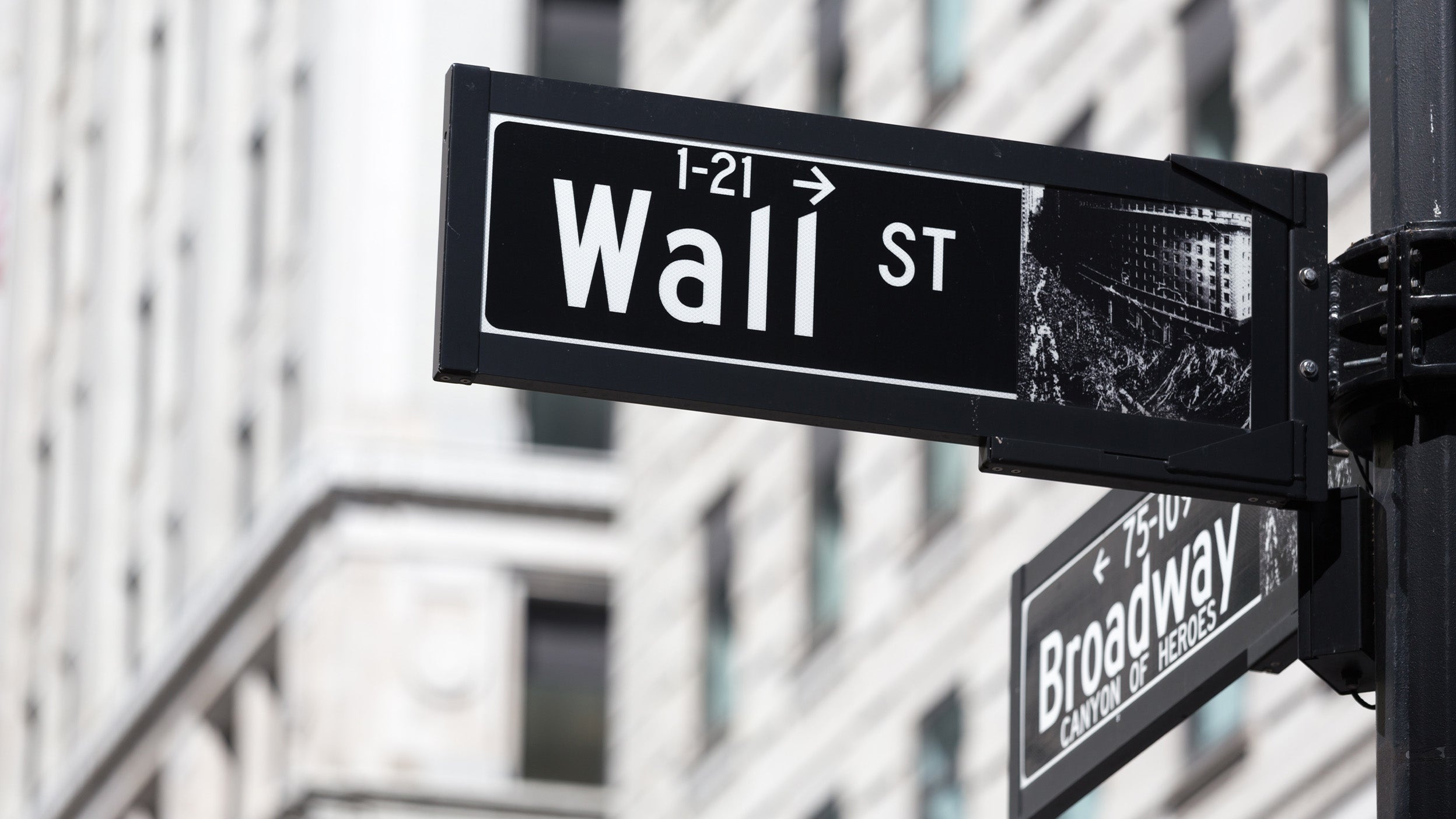Market highlights
The month started out in familiar territory, with tech-driven momentum helping both the Nasdaq-100 and S&P 500 set new record highs after seven straight sessions of gains. However, the Nasdaq-100 gave back those early gains plus more, eventually ending July down 1.6%.
The S&P 500 fared better, having set another record of its own on 16 July, before it too succumbed to the rotation out of tech stocks. The broad equity bellwether managed a 1.2% gain for the month. A major beneficiary of the rotation was the S&P 500 Equal Weight index, which gained 4.5%.
Performances in 2024 have converged, with year-to-date returns 15.6% and 16.7% respectively for the Nasdaq-100 and S&P 500, while the S&P 500 Equal Weight index is now up 9.8% year-to-date.
The “Magnificent 7” were again in the spotlight but sometimes for the wrong reason. Investors are beginning to question how long it will take for the capital expenditures that some companies are making on AI-related plans to translate into meaningful earnings growth. Scepticism grew leading up to important Q2 earnings reports in the last week of the month, with share prices dragged lower in the process. Among those reporting before month-end was Microsoft, with sales and earnings beating forecasts, but investors focusing on lacklustre results from its AI business.
July’s macro data – including an easing in consumer prices and, perhaps more importantly, another tick up in the unemployment rate – continues to support a Fed interest rate cut, with the market now pricing in what’s practically a certainty in September. By the end of the month, the market was reflecting an expectation for three cuts by the end of 2024, up from two predicted at the start of the month. Lower borrowing costs would typically help smaller companies as well as certain industries such as housebuilders. As a result, those areas of the market were among the best performers in July. The Russell 2000 small cap index gained 10.2% in the month.






